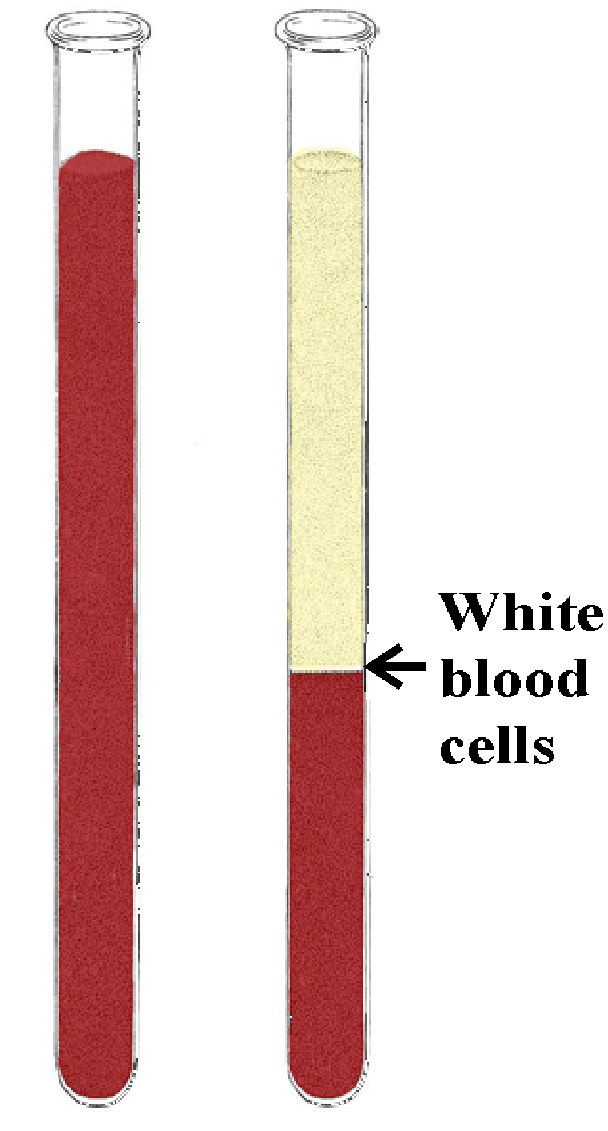B1 +D1 The Blood
Introduction:
- Blood is a specialised type of connective tissue which is generally found within the lumina of the heart and blood vessels of the cardiovascular system
- Blood cells are produced within the bone marrow (in the embryo/foetus they are produced in the yolk sac and then the liver/spleen before colonisation of the marrow cavities becomes possible after the 3rd month of gestation)
- A healthy adult, of average build, has about 5 litres of blood circulating within the cardiovascular system
- Blood is an important communication system being involved in the transport of gasses as well as molecules including hormones, antibodies and the breakdown products of digestion etc
The Blood:
- Other types of connective tissue the consist of cells, extracellular matrix and tissue fluid
- In the case of the specialised connective tissue of blood, the extracellular matrix is absent but tissue fluid is abundant
- When a sample of fresh blood is subjected to centrifugal separation we find the following breakdown:
- The plasma provides a supporting fluid which allows the blood to flow freely through the cardiovascular system
- However, it has many important functions of its own which relate to the proteins, and other molecules, which are found in the plasma eg hormones, antibodies
- By volume, the blood cell component of blood is 99% red blood cells and 1 % (or less) white blood cells
- Red blood cells are responsible for the uptake and transport of the gasses oxygen and carbon dioxide
- White blood cells are involved in a range of immune related functions and use circulating blood as a means of transport around the body
- They carry out their respective function(s) in tissue spaces and therefore have to leave the blood in order to function
- An additional population of cells, or cell fragments according to your point of view, are the blood platelets
- These are involved in the coagulation of the blood
45% - Plasma (tissue fluid)
55% - Blood cells
Blood Cells:
- The tube on the left represents a sample of blood before centrifugation
- The tube on the right shows the separation of blood components after centrifugation
- At the top of the tube blood plasma (45% by volume);
- at the bottom of the tube red blood cells (55% by volume);
- at the interface between red blood cells and plasma lies a thin layer (<1% by volume) where the white blood cells are located
- This latter layer is sometimes referred to as the "buffy coat"

